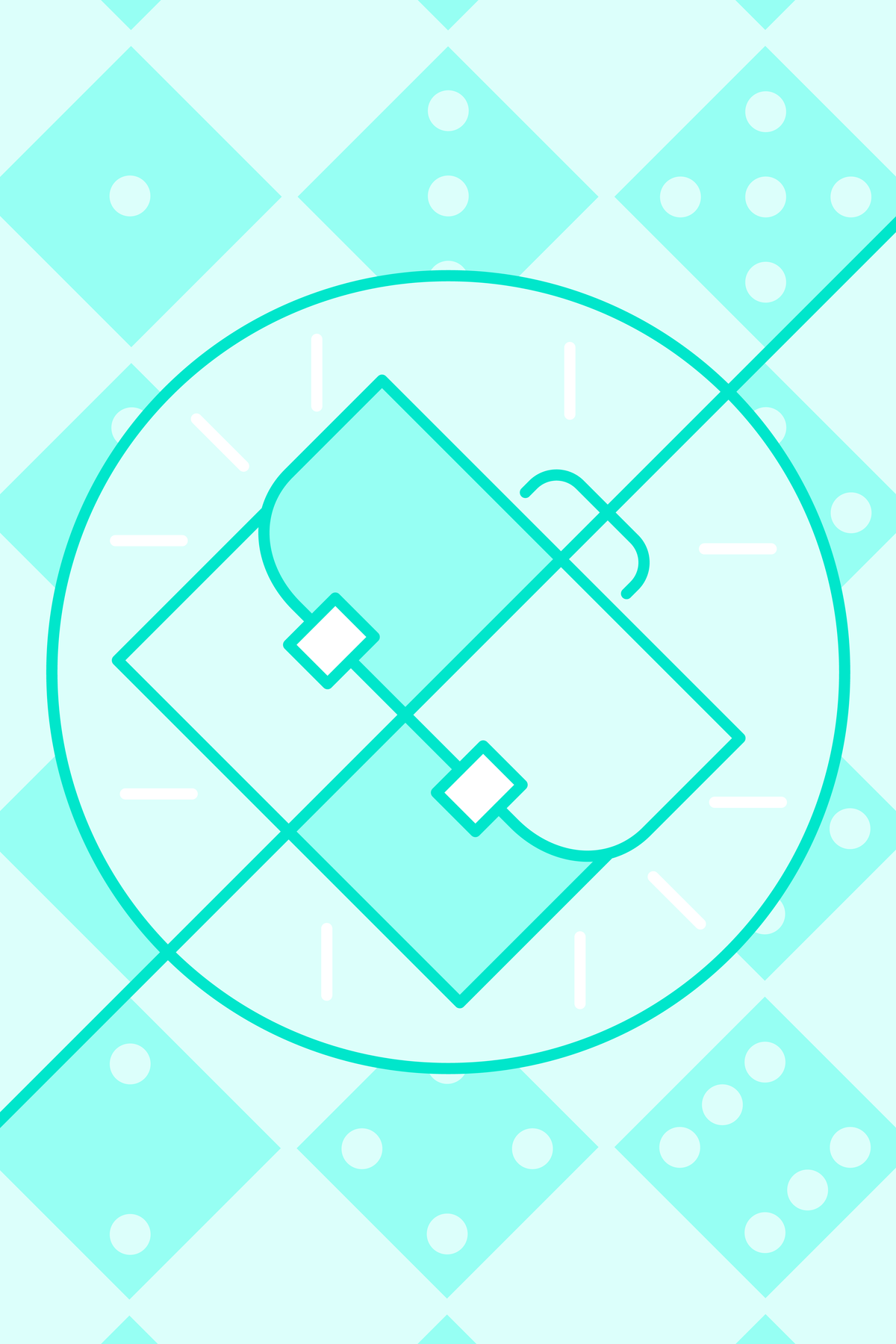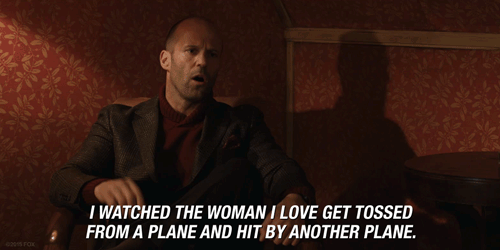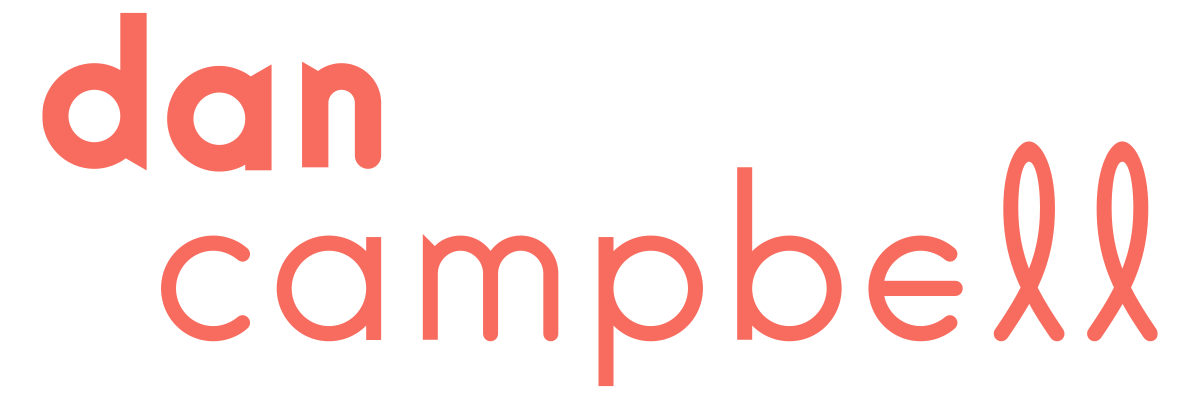How many projects should be in your design portfolio?
What does a good portfolio contain? How can you make people spend more time looking through it? Why should you kill your darlings? Who are these darlings?!

I don't have an up-to-date portfolio, so what the hell do I know about anything?
Get out of here with your opinions, Dan. Oh, you reckon? Get away with you. Idiot.
Before you shoe me away from your chips like a really handsome seagull, hear me out. My portfolio is a little dusty, but our design team at The Yardstick Agency has been steadily growing over the past five years.
This means that I regularly see the portfolios from designers applying for the various job openings.
The best portfolios share certain traits, so I wanted to lay them out one by one and answer the often-asked question: "How many projects should be included in your personal design portfolio?".
What is the magic number? Tell me now
If you tap the question into your favourite search engine, you'll get a mix of opinions. For the most part, everybody agrees that 10 is too many.
Then the camp is split between:
- 8-10
- 4-6
My personal view is simply 'as many as it takes to represent you'. This can generally be achieved with five projects, but there are several things you can do to ensure that every included element counts.
These combined make your finely tuned portfolio go a long way, and when you’re pitted against countless other candidates, this is essential.
The usual disclaimer applies: These are just my observations from hiring a team of brilliant designers in the UK's highest-rated marketing agency specialising in financial services. If you agree, disagree or want to contribute your opinion, leave a comment below.
Onwards!
Be selective
You're a talented designer, and you've amassed a rich collection of exciting work. So why not include everything you've ever done?
Easy answer, because nobody wants to see it. Put it away. Put your trousers back on. You’re making everybody on the bus nervous.
There is always the temptation to cover your bases by including most of your work in your portfolio. But resist. Stay strong. We're only adding the really spicy stuff.
Less is absolutely more. Quality over quantity. Blah, blah, blah. Whatever analogies exist, they are true. Average work only serves to lower the overall value of your portfolio. Having fewer better pieces will ensure no dips as your work is being looked through. Ultimately this will be the thing that convinces us. Don’t bombard me; I need some air.
When choosing which pieces to include, be brutally honest with yourself. Which parts stand out? Don't be afraid to ask others for their opinion. For unsuccessful applicants, I always try to point out which item in their portfolio stood out for me to give an outside perspective. I'm a population of one, but you get the idea.
Demonstrate range
Don't be Jason Statham, who plays 'Jason Statham' in every single film he's in.

If you’re approaching your portfolio in a carefully curated manner, don't include identical pieces of work. A snapshot of what you can do in as few pieces as possible is generally the aim.
This can be difficult because, in your mind, your five best pieces might be pretty similar. Don't do it, though. Resist. Kill those darlings. You can absolutely get the point across with one of them, giving you a bunch of spare slots for other types of work.
People rarely want a one-trick pony.
Of course, if you are applying for a job, gig or project in a super niche area, this rule is flexible. You might be landing a role where you will be creating typographical motion graphics all day, every day. If that's the case, stack your deck, so the majority is that (but again, not all of your work).
Be honest
This applies to life as much as your portfolio. Don’t give me pork pies and a bag of trout. I am allergic.
It’s okay to include projects that multiple people worked on, but be very clear about what you did and didn't contribute.
The design world is small, and finding out that somebody didn't do as much as they said they did will make us all a bit sad.
Design your design
There are generally two types of portfolio:
- Web-based
Very rarely, we'll see a physical body of work. It's always a treat when we do, but let's assume that this is in the 1% of cases.
A web-based portfolio is a small website with projects on different pages. This means that the work is laid out (in most cases) depending on the page's theme or template set up.
Getting this right means finding the correct balance of a page style that is engaging but elevates the work to the centre of focus.
Opting for the PDF route might seem more straightforward, but this presents its own challenges. You’re a designer, so no sympathy will be shown if you do a lazy job of laying the pages out. The best PDF portfolios I see have a simple but charming theme applied throughout, so each page feels part of the same publication but still allows the soul of the work to take centre stage.
It isn’t an easy task, so don’t rush it. Assembling your portfolio is as much a design job as the projects contained within it were.
Tell a story
Use your portfolio to show your process - don’t focus solely on finished work. Case studies showing the problem and how you reached the solution are enjoyable to read.
There are two schools of thought.
One says you should only include the final pieces in your portfolio as the general public would see them. The logic is that if your final pieces in isolation don't dazzle, then they don't deserve to be there.
I am very much in the other school, that likes to see processes.
Tell the story of the project in your portfolio. Explain the context of the design problem. Set the scene. Keep it succinct, but present the project as a case study. It's always fascinating to look behind the curtain and see what could have been, what got rejected and what ideas were floating around in the early stages.
Don't forget; this gives the person you are trying to impress more information about you as a designer. Far more than two pages of logos, stationery and a few screenshots from a website.
Rightly or wrongly, I will die on this hill. If you can turn the few projects you are presenting into captivating stories; it will elevate your portfolio.
Have a good tailor
My tailor is called Tipsy Nigel, and he has a nasty habit of cutting the arms off all of my jumpers. Don’t use him.
The most common excuse for having too many projects in your portfolio is that many companies, agencies and clients will see it.
Why would you have a single 12-project portfolio that is loosely relevant for 10 people when you could have 10 five-project portfolios that are carefully tailored?
Obviously, the main reason for not doing this is 'it takes time and effort', which is fine if you're happy to sit in the middle of the pile.
For the most part, if you've already boiled your portfolio down to five projects that represent the best of your best, then it won't need to be edited very often. The tailoring here lies around the order you're presenting (you might think one of your five pieces is particularly relevant for a specific job application) or perhaps dialling into a niche that they are positioned in.
But get into the habit of comparing what you're about to send with who you're sending it to. Chances are there will be a few minor tweaks that will be worth it in the long run.
What makes me the expert?
Nothing does, and I'm absolutely not. Nobody is. But I see a lot of portfolios flying under my nose that would benefit from many of the above points.
Most people see building a portfolio as a means to an end, but approaching it as its own design project will make whoever is handling recruitment for that role spend more time looking through, which is exactly what you want.
If you've found this post helpful, let me know in the comments below. What are your thoughts? Do you agree? Or do you disagree so frantically you want to run loose with the fabric scissors? Please don't. I have enough of that from Tipsy Nigel when he’s hemming my long johns.
For more Starting Point stuff, click here, and for Design Basics stuff, click here. If you liked this piece, you'd probably be interested in this one about trusting your beady little design eye, so go there next.
Remember to kill those darlings. Look them in the eye and make it quick. I'll catch up with you in the next one.
Want new articles instantly?
Join the newsletter list to read pieces the moment they're published.
Subscribe

